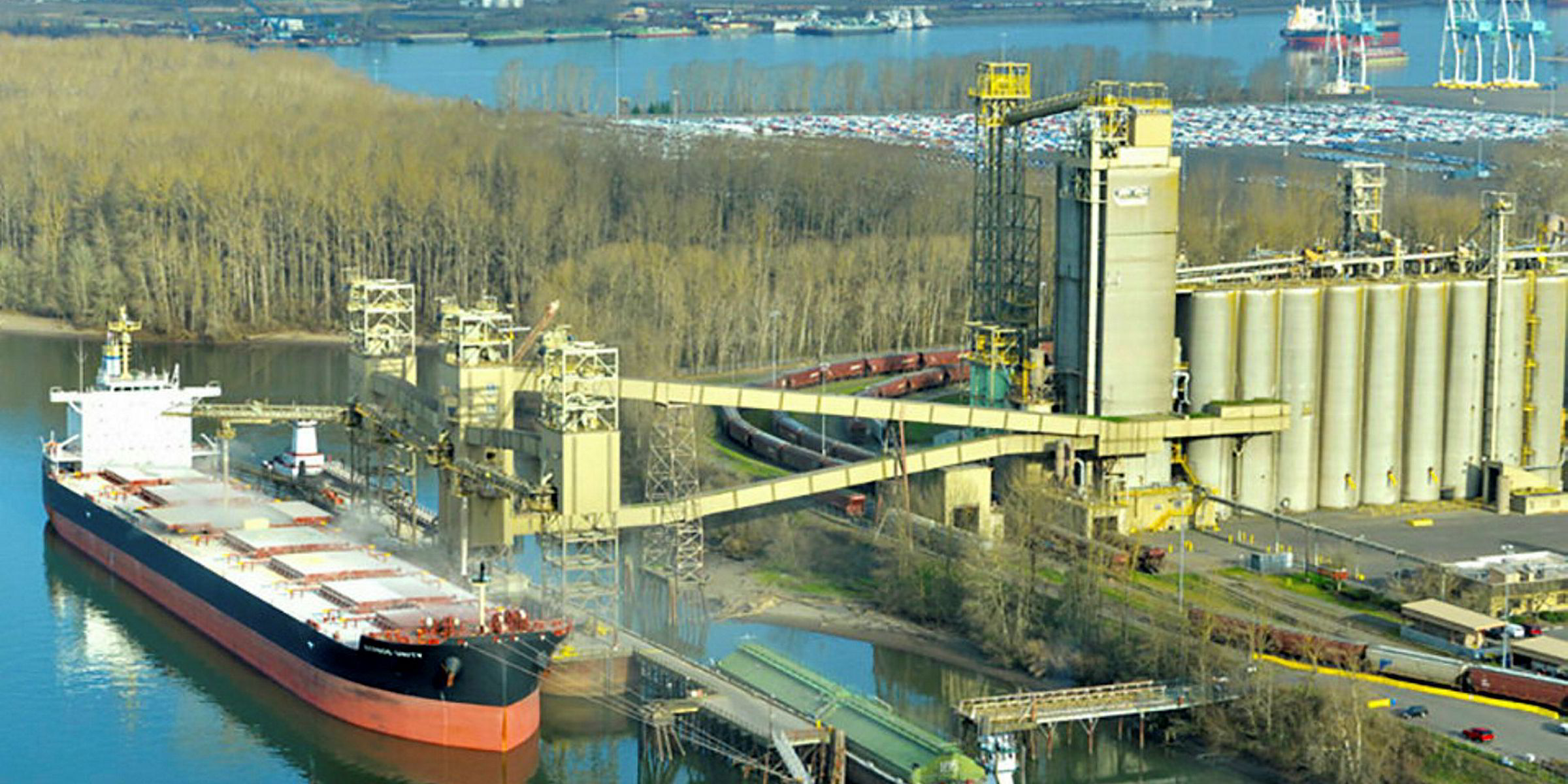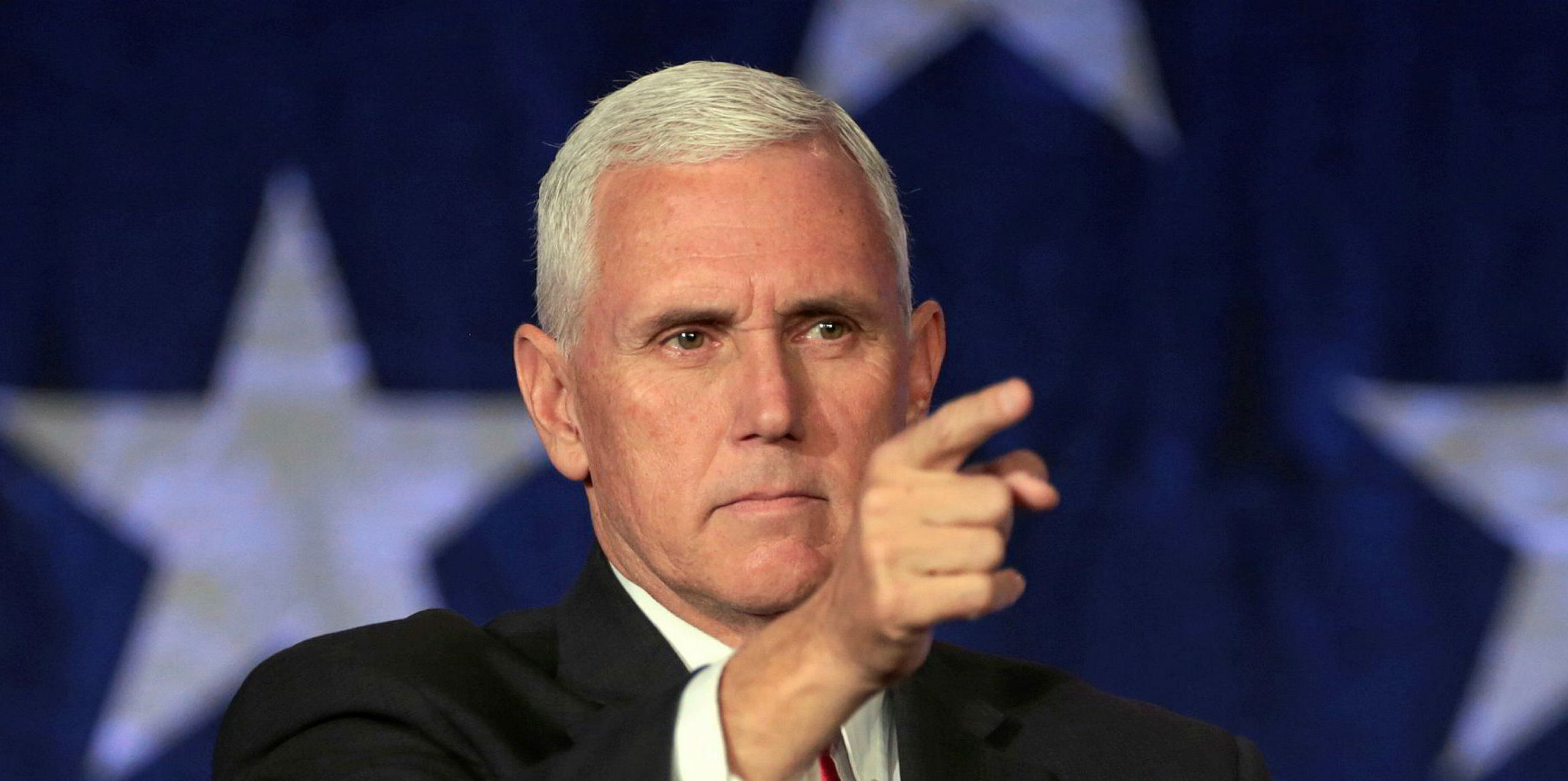This year could see the container and dry bulk sectors hit hardest if the US and China increase their tit-for-tat trade tariffs in March, according to Clarksons.
The first round of tariffs in September had a “manageable” effect on global seaborne trade last year, but this could be disrupted if a deal is not reached next month, the shipbroker said in a research note.
If the current tariffs are continued, Clarksons estimates global seaborne trade in 2019 will be reduced directly by 0.1% in tonnes and 0.3% in tonne-miles, which is a similar level to in 2018.
The container trade saw a minor lift of 0.1% during 2018, thanks to a rush to ship some containerised goods before the higher tariffs came into effect.
This upturn, however, could see a 0.2% contraction during 2019 if the current tariffs are continued, Clarksons said.
In a worse-case scenario, higher and further tariffs could reduce box trade by 1.4% in 2019, the research found.
The global grain trade was hit hardest by tariffs in 2018, falling 6% in tonne-miles due to insufficient alternative buyers of US soybeans, said Clarksons.
This in turn reduced 2018’s total dry bulk tonne-miles by 0.8% and such an impact could be seen again if the current tariffs are continued or increased.
“But going into early 2019, it is clear that the ‘trade war’ is just one of a number of issues affecting the seaborne demand outlook, with building risks from a range of factors creating downside scenarios for seaborne trade this year,” Clarksons said in its report.
It is important to also bear in mind the indirect impacts on seaborne trade, such as trends affecting the Chinese economy and global investor sentiment, according to the brokerage.
“Tracking how the US-China trade dispute develops in coming months will remain important, but keeping an eye on the wider risks should also be a priority,” the shipbroker said.
Macro picture
Clarksons' estimates suggest tariffs reduced overall seaborne trade by 0.1% in tonnes and by 0.4% in tonne-miles during 2018.
This is “manageable” in the context of an estimated growth in seaborne trade of 2.7% in tonnes and 3.2% in tonne-miles in 2018, Clarksons said.
Substitution of trade flows meant that most energy commodities were impacted by less than 0.3% in terms of tonne-miles during 2018.
This includes crude oil trade flows, on which no tariffs were imposed, but the US-China trade still fell significantly, Clarksons said.
Last year’s tariffs applied to the equivalent of 1.5% of global seaborne trade in tonnes.





